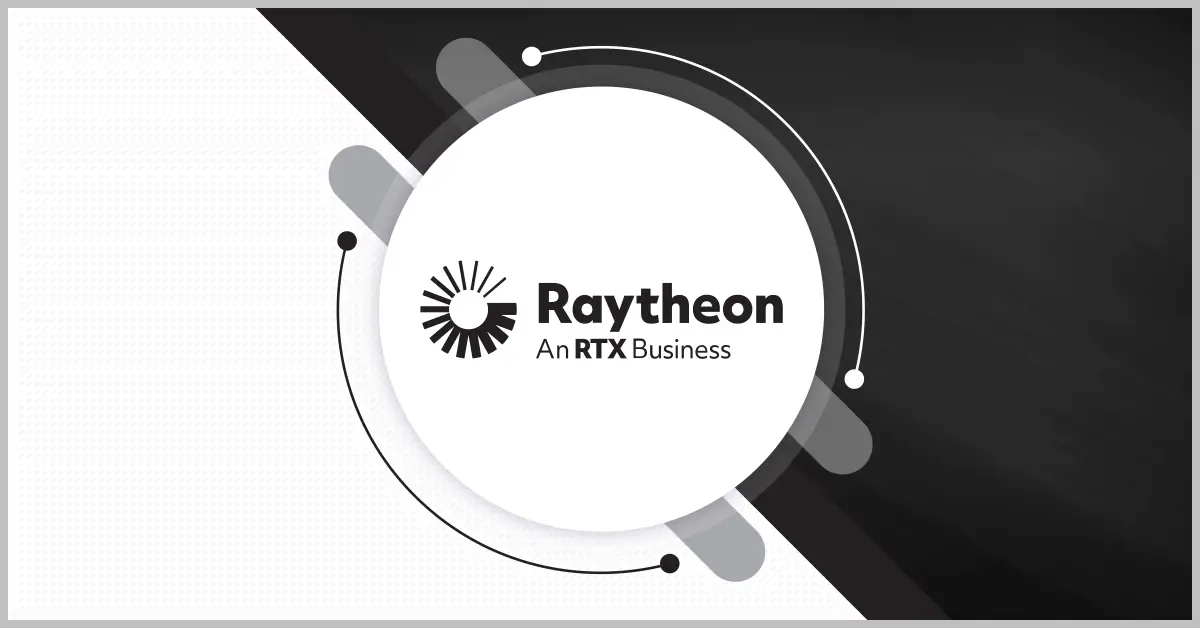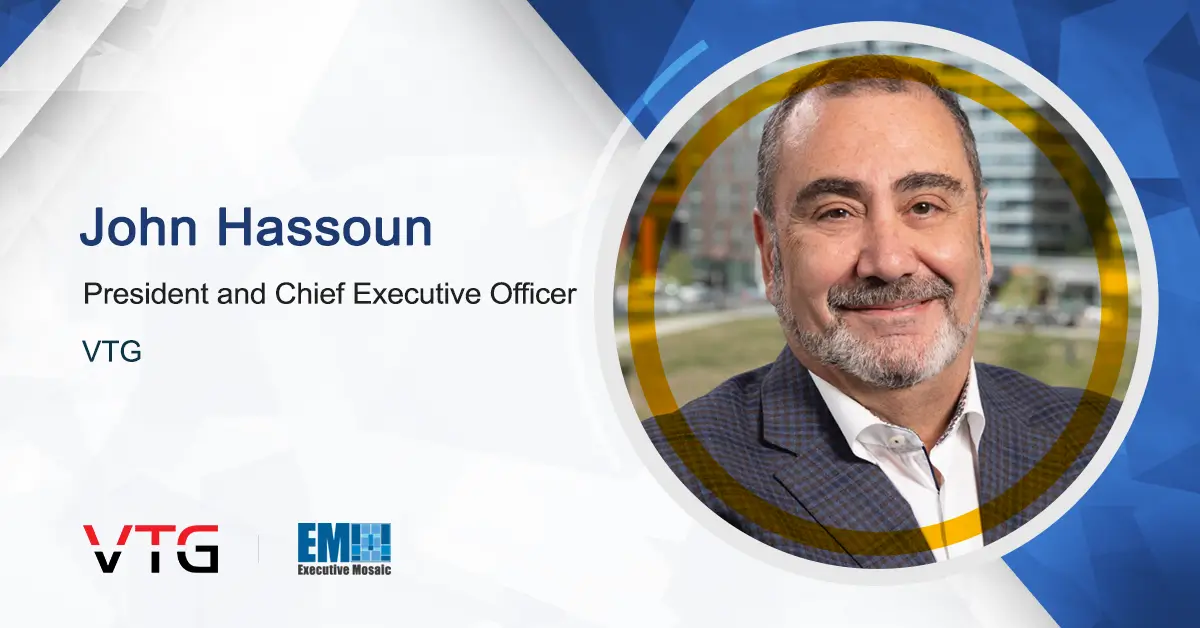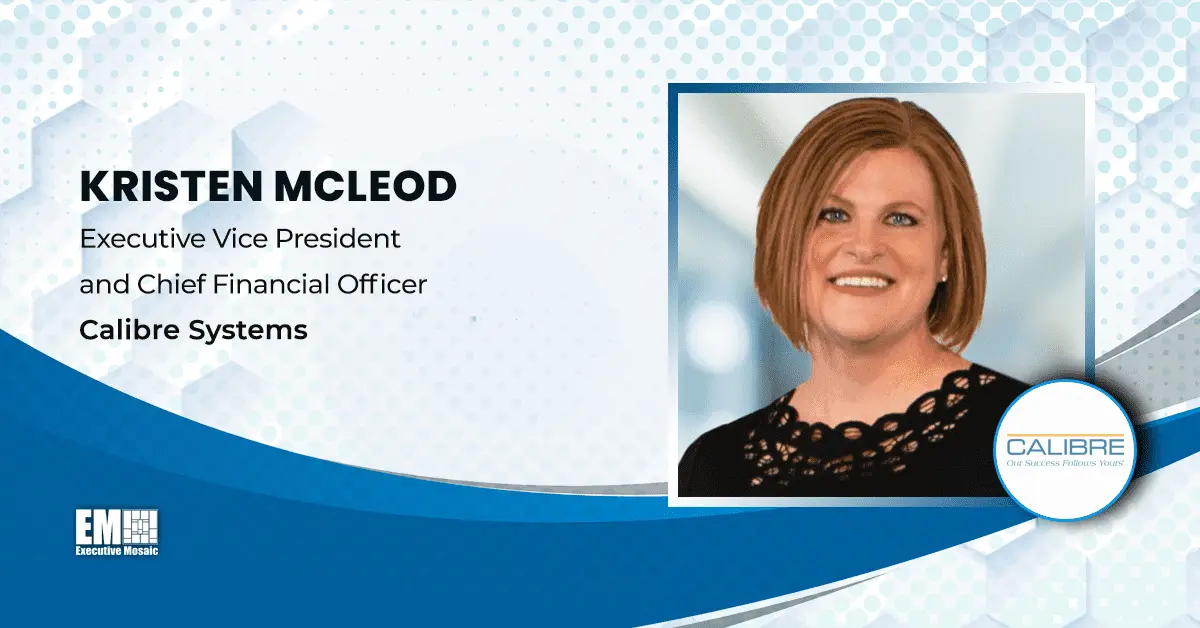In the U.S. Army’s pursuit of bold, enterprise-wide modernization, the service’s leaders are increasingly focusing on software acquisition reform and looking to industry for help.
Department of Defense officials and federal representatives have been vocal in recent years about the Army’s acquisition process, which is widely seen as bureaucratic, tedious and slow.
“One of the biggest downsides to modernization across the department is we just don’t act fast enough. The acquisition process is not nimble, it is not flexible or adaptable,” said Kevin Gates, a professional staff member of the U.S. Senate Committee on Armed Services, in a panel discussion during the Potomac Officers Club’s 7th Annual Army Summit.
“So the problem becomes we are fighting essentially a Cold War type of acquisition system,” Gates continued. “If our acquisition process is an OODA loop, then many of our adversaries are well inside our OODA loop to be able to get technology out there.”

Adopting a Faster Software Development Approach
The Army is now undergoing a widespread shift to more agile processes. Jennifer Swanson, chief systems engineer for the Assistant Secretary of the Army for Acquisition, Logistics and Technology, is leading ASAALT’s pivot from an outdated waterfall software development model to an approach focused more on DevSecOps.
Through the old waterfall approach, the Army would “get a requirement that was developed over the course of years, and then we take years to develop a solution,” Swanson said. “There’s really not a lot of interaction during that development with the user, and it doesn’t wind up meeting the needs of the user,” she added.
By starting with agile software development and DevSecOps, Swanson is looking to speed up the Army’s software pipeline from years to weeks.
“We develop code in two to three week sprints, and that code goes through an automated pipeline that assesses if it’s working functionally, if it is cyber secure… And then two to four sprints worth of code equals a minimum viable product, or something that we can actually field and get into the hands of users. And then we keep iterating on that. So I’m not saying we’re done after two, four sprints, but we continue to build on success, we get the feedback early, we put it into the next build,” Swanson explained of the Army’s speedier approach.
The Army is also in the process of looking at what applications, systems and data is can and should move to the cloud as part of its larger modernization goals. “The Army Modernization Strategy identifies digital transformation as imperative to achieving goals… and cloud is viewed as enabler to that transformation,” said Liz Martin, DOD director at Amazon Web Services. “The cloud allows organizations to achieve missions faster, speed up innovation and save cost by scaling up quickly without the lengthy and costly process of acquiring hardware,” she added.
Ensuring New Processes Are Secure
Speed is a clear emphasis in the Army’s modernization goals, but it shouldn’t be prioritized over security, officials say. Swanson said going forward, the Army will be asking its industry partners to provide Software Bills of Materials, known as SBOMs, to help ensure that the software it acquires is safe to use.
“I think we have a very large hole in our swing in terms of understanding what is in the software that we’re buying. So when we contract with industry to do software development, you’re pulling from open source libraries, who’s contributing to those open source libraries? And how do we know what security measures are in place there?” She posed to the audience.
“Same thing for commercial software, we’re completely blind, and that’s a huge concern for me,” she added. Now, the Army is looking at what it needs to do to incorporate SBOMs into its future contracts, and it’s looking for industry feedback on how to make the process smooth on both sides.
Involving Industry Partners
Synchronicity between different Army components and early industry partnerships are two major efforts now on the rise within the Army as it goes after modernization. Brig. Gen. Jacqueline “Denise” Brown, newly appointed director of Network Command, Control, Communications and Computer Services and Integration for Army G6, said innovation events are helping the Army to unify its efforts early and solve some of the service’s synchronization challenges.
The Army conducts a quarterly meeting of partners including the Army Futures Command G-3/5/7, G2, the chief information officer, ARCYBER and more to develop a more cohesive, department-wide strategy that can meet the needs of the Army of the future.
“What’s interesting with that is we’re really pulling the thread from concept to plan to acquisition strategy to implementation. We’re bringing all those partners together. We’re synchronizing our efforts. We’re ensuring that they’re not duplicative efforts and that they’re optimized,” Brown shared of the Army’s Unified Network Sign meeting.
These efforts are also prioritizing warfighter feedback, and Brig. Gen. Brown said the Army is now designing capabilities from the edge back, in a reversal of its previous approach which started at the enterprise level.
Brig. Gen. Brown also expressed excitement about the potential the “as-a-Service” model holds, especially in relation to software acquisition, and she said she would like to see more industry involvement in that area. “There is significant power in being able to roll out software and do the DevSecOps process throughout the deployment with our users,” she said, noting the importance of being able to harness “intellectual capital” from industry partners that the Army may not have.
Another event driving modernization within the Army is called the Network Modernization Experiment, or NetModX. Joe Welch, director of the Army’s C5ISR Center, said NetModX helps to inform the Army’s science and technology investments, to inform PM acquisition decisions and to partner with industry through cooperative research and development agreements.
Welch said NetModX has produced “a really good track record of success” in developing technologies like radio communications links for the Army’s next generation combat vehicles.
Also, the Army’s CMOSS effort, or C5ISR/Electronic Warfare Modular Open Suite of Standards, was originally an S&T effort that came out of NetModX. “We proved out its ability to operate, not just in the EW world, but across all modalities, and that’s the foundation for the CMFF acquisition network that is being planned now,” said Welch. “So I think you can look at that track record that we have, this partnership does lead to concrete acquisition outcomes.”
Consistency is Key
Though the Army still has much work to do to meet its modernization goals, leaders point to the Army’s consistency as a major benefit.
“The Army does have a good long term vision for where it wants to go. And I think that’s one of the things that is not always consistent across DOD or the federal government is having that vision that carries over multiple years and multiple administrations,” said Gates.

Join the Potomac Officers Club for its next event, the 5G Forum on Sept. 13! Lt. Gen. John Morrison, deputy chief of staff, G6 for the Army, is scheduled to keynote. Register here.







